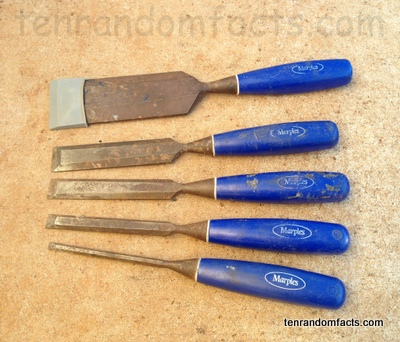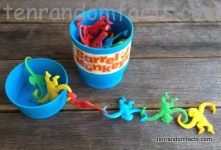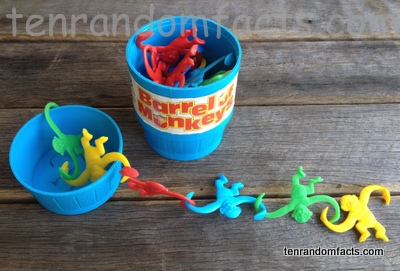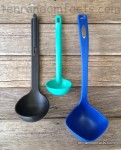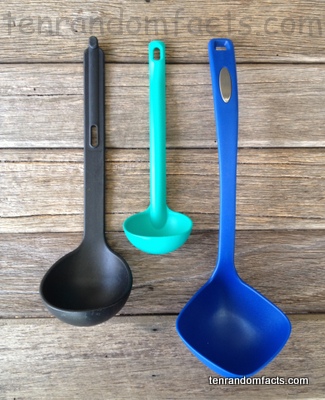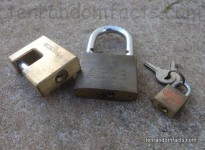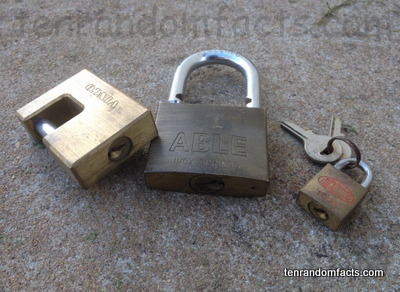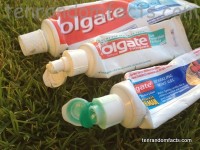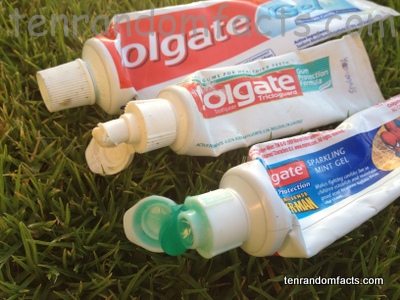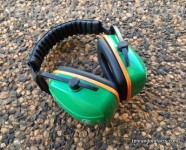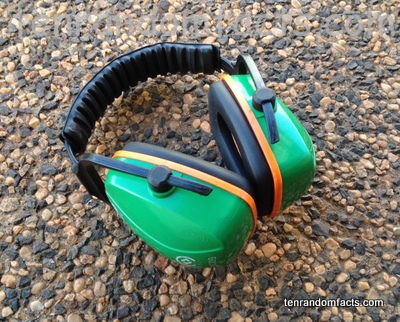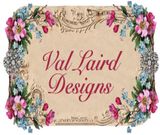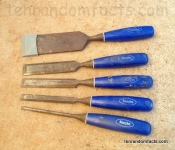
Chisels, in the wrong hands, could destroy your creation.
- Chisels are hand tools used to carve or cut objects or materials.
- Chisels are most commonly used in the carving of wood, metal or stone, and are commonly used by woodworkers and stonemasons.
- Chisels are typically accompanied with a force, either hand-propelled or mechanical, such as a hammer, to complete a carving action.
- Chisels are generally made of a metal such as steel, with a wooden, plastic or metal grip.
- Chisels are most often used to remove small to medium sized parts in projects, including models, devices or sculptures.
- Chisels often have a rectangular shaped piece of metal that is quite flat and very sharp on the end, with a central upwards slope, although the ends can be various shapes, including v-shaped, and different shapes are used for different purposes.
- Chisels originate from approximately 8000 BC, initially using a flint base material, and the appearance and use has remained virtually unchanged throughout the years.
- Chisels come in a variety of sizes, which can make the difference between a perfect or destroyed piece of work.
- ‘Chisel’ comes from the Old French word ‘cisel’, and originally from ‘cisellum’, which is from the common form of Latin, meaning ‘cutting tool’.
- Chisels are often incorrectly believed to be an easy tool to master, however mastering the tool can take years of practice.
Bibliography:
Chisel, 2014, Wikipedia, http://en.wikipedia.org/wiki/Chisel
Lee E, History of the Chisel, 2014, eHow, http://www.ehow.com/about_4681861_history-chisel.html
What is a Chisel?, 2014, WiseGEEK, http://www.wisegeek.com/what-is-a-chisel.htm




